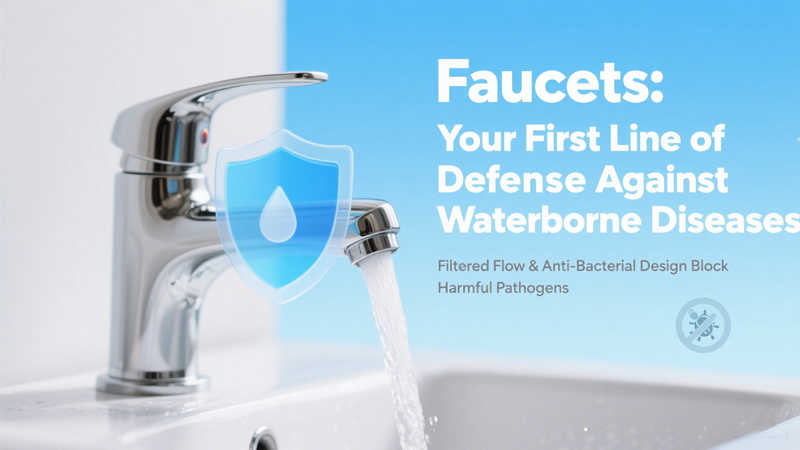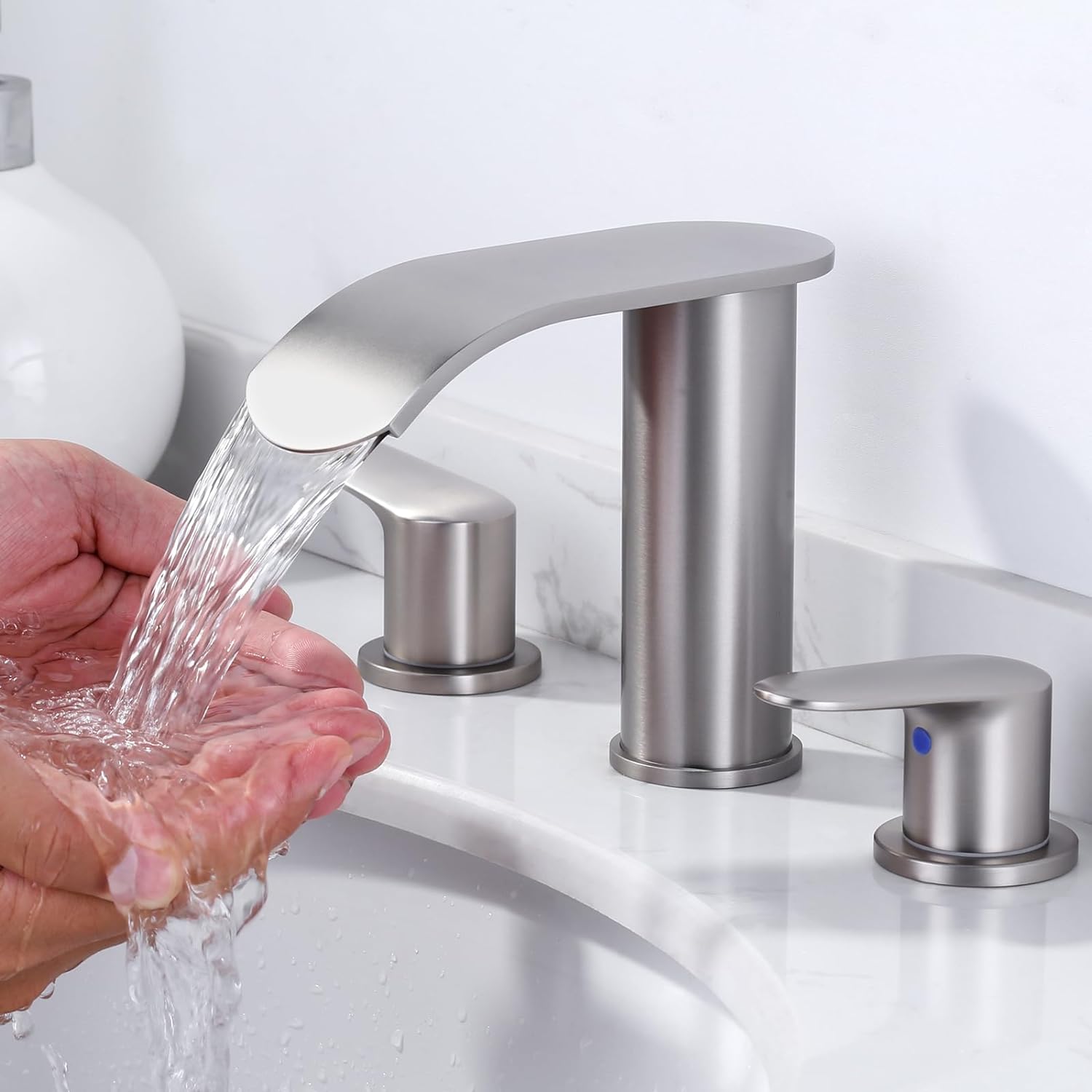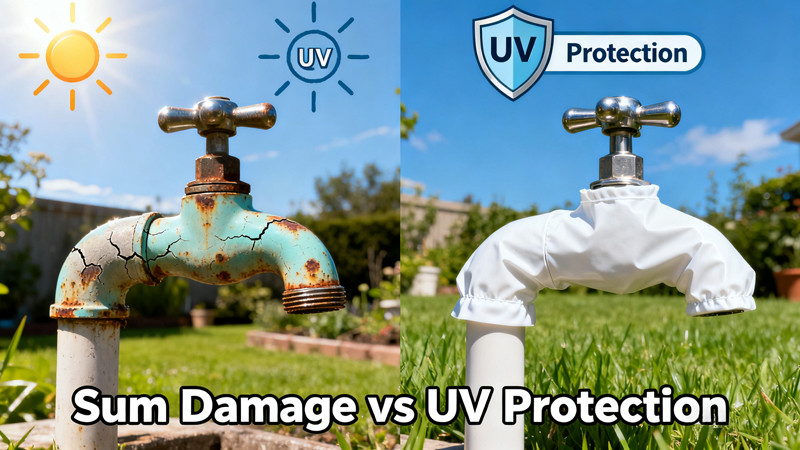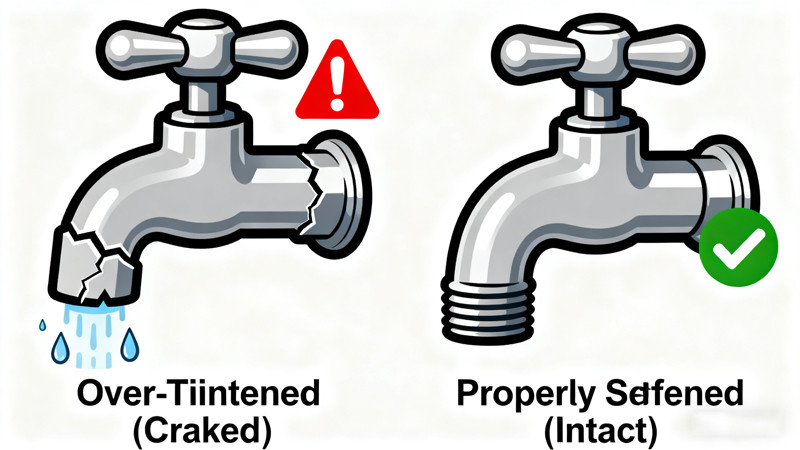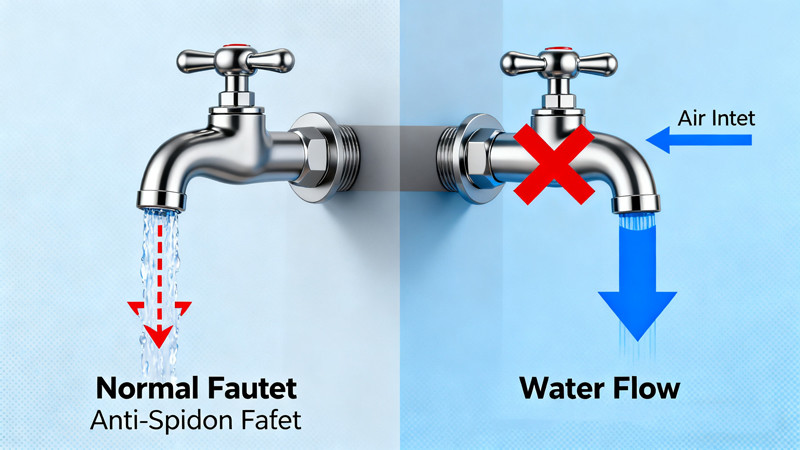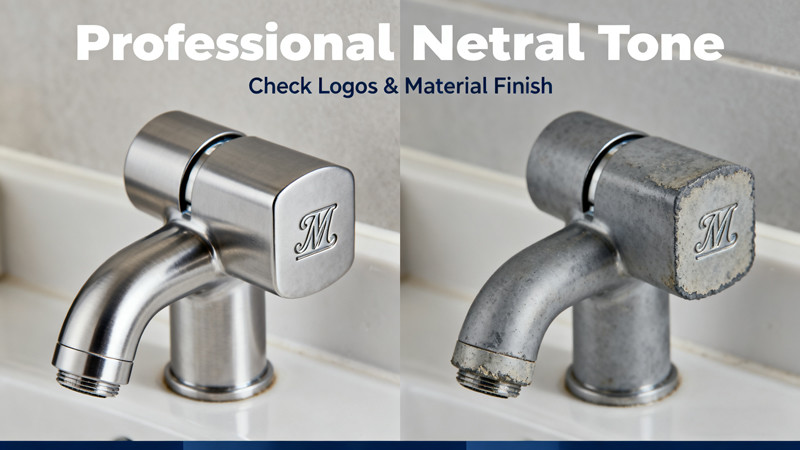Access to clean, safe water is one of the most important factors in protecting human health. Around the world, millions of people are still affected each year by waterborne diseases such as cholera, dysentery, and giardiasis—many of which are spread by contaminated drinking water or poor hygiene practices. While water treatment plants, filtration systems, and proper sanitation infrastructure play the biggest roles in eliminating these risks, the humble household faucet also plays a surprisingly important part. Modern faucet technology, combined with thoughtful design, can help prevent the spread of harmful pathogens and improve overall water safety in homes, businesses, and public spaces.
In this article, we’ll explore how faucets contribute to preventing waterborne diseases, the innovations that make them safer, and the habits homeowners can adopt to reduce their risk.
1. Faucets as the First Point of Contact
Every drop of water we use for drinking, cooking, or washing passes through a faucet before reaching our hands, glasses, or food. This makes faucets a critical “last line of defense” between potentially harmful microorganisms in water systems and human health.
When faucets are designed with health in mind, they can:
- Limit bacterial buildup at the spout.
- Prevent contamination through backflow.
- Deliver filtered water directly.
- Reduce the need for hands to touch the handle, lowering cross-contamination risks.
Because faucets are both delivery systems and frequent touchpoints, they influence water safety in ways many homeowners don’t realize.
2. Preventing Backflow Contamination
One of the most important ways faucets help prevent waterborne diseases is through backflow prevention. Backflow occurs when contaminated water flows back into the clean water supply, often due to changes in pressure. For example, if a hose connected to a garden faucet is submerged in a bucket of dirty water and a pressure drop occurs, that contaminated water can siphon back into the household plumbing.
Modern faucets often include backflow preventers or are paired with external devices that block this reverse movement. By maintaining a one-way flow, these safeguards ensure that pathogens from sinks, tubs, or outdoor hoses do not contaminate potable water supplies.
3. Touchless Faucets and Hygiene
Another major innovation in faucet design is the rise of touchless or sensor-activated faucets. In settings like hospitals, restaurants, and schools, where hygiene is critical, touchless faucets greatly reduce the transmission of germs. Traditional faucets require turning handles with dirty hands, leaving behind bacteria that can be picked up by the next person.
Touchless faucets allow users to activate water flow with a simple hand wave, eliminating this source of cross-contamination. This reduces the risk of spreading pathogens that may cause not only gastrointestinal illnesses but also skin infections and respiratory issues linked to poor hygiene.
For homes, touchless faucets are particularly helpful in kitchens, where raw meat and unwashed produce can leave dangerous bacteria on hands and faucet handles. Using motion-activated faucets minimizes these risks while encouraging better handwashing habits.
4. Faucet Filters and Built-In Purification
While water treatment plants remove the majority of contaminants, additional safety at the point of use can be life-saving, especially in areas where water systems are aging or prone to contamination.
Many modern faucets can be fitted with built-in filters or are sold as filtration faucets. These filters reduce:
- Bacteria and protozoa like Giardia and Cryptosporidium.
- Heavy metals such as lead, which can exacerbate illness.
- Chlorine, which affects taste and may irritate sensitive individuals.
Advanced faucets may even include UV sterilization, which uses ultraviolet light to neutralize microorganisms directly at the tap. This makes water safer for drinking without the need for separate filtering pitchers or external systems.
5. Materials That Resist Bacterial Growth
The material composition of faucets also influences their role in preventing disease. Older faucets made with certain alloys may leach harmful substances such as lead into drinking water, posing long-term health risks.
Today, lead-free faucets are the standard in many countries, reducing exposure to this toxic metal. Additionally, some faucet finishes—like stainless steel or antimicrobial coatings—resist bacterial growth on their surfaces, making them more hygienic in everyday use. While no surface is completely germ-proof, these materials slow down microbial colonization and make faucets easier to clean effectively.
6. Encouraging Proper Handwashing
Perhaps the most indirect, but equally important, role faucets play in preventing waterborne diseases is in encouraging hand hygiene. Clean hands are one of the best defenses against illnesses caused by contaminated food or water.
Easy-to-use faucets with good water pressure, convenient handles (or touchless features), and appropriate height encourage frequent and effective handwashing. In contrast, poorly functioning faucets with low flow or awkward design discourage people from washing their hands thoroughly, which increases the risk of spreading harmful microbes.
7. Maintenance and User Responsibility
Even the most advanced faucet cannot prevent waterborne diseases without proper care. Over time, faucet aerators and spouts can accumulate limescale, biofilm, and trapped bacteria. If left uncleaned, these build-ups can release pathogens into the water stream.
Simple maintenance steps can go a long way:
- Regularly clean aerators with vinegar or replace them as needed.
- Flush faucets after periods of disuse to clear stagnant water.
- Inspect seals and cartridges to prevent leaks that harbor bacteria.
- Replace old faucets made before lead-free standards were introduced.
By maintaining faucets correctly, homeowners keep their water delivery system safe and hygienic.
8. Faucets in Public Health Contexts
In hospitals, schools, and restaurants, faucets are more than just plumbing fixtures—they are part of a broader public health system. Regulations often require touchless faucets, backflow prevention, and regular maintenance to minimize disease risk. These measures are especially critical in environments where vulnerable populations—such as children, elderly patients, or immunocompromised individuals—are at higher risk of infection.
As public health concerns evolve, faucets continue to adapt. The COVID-19 pandemic, for example, accelerated the adoption of touchless faucet systems worldwide as communities sought ways to minimize shared touchpoints.
Conclusion – How Faucets Can Prevent Waterborne Diseases
While faucets might seem like small, everyday tools, their impact on public health is far-reaching. By preventing backflow, reducing surface contamination, supporting filtration, and encouraging proper hygiene, faucets serve as critical allies in the fight against waterborne diseases.
Homeowners, businesses, and institutions that invest in modern, hygienic faucet designs—and commit to maintaining them—play a direct role in protecting their families, customers, and communities from preventable illnesses. Clean water begins with treatment plants, but safe water delivery ends at the faucet.
 WOWOW Faucets
WOWOW Faucets